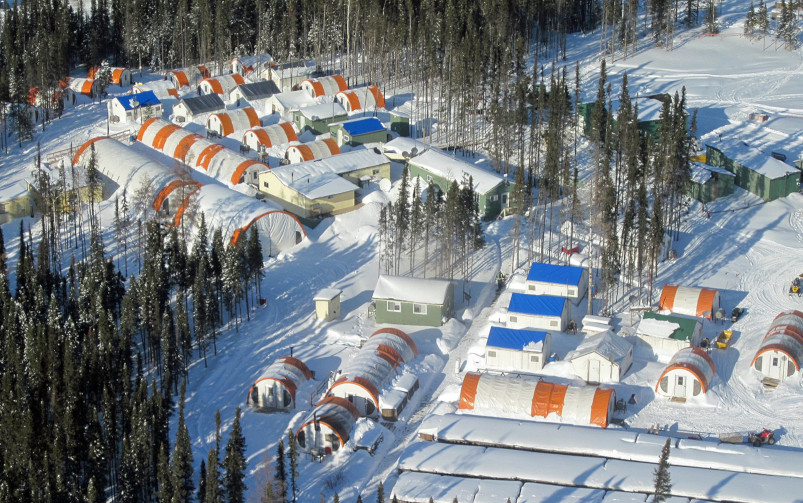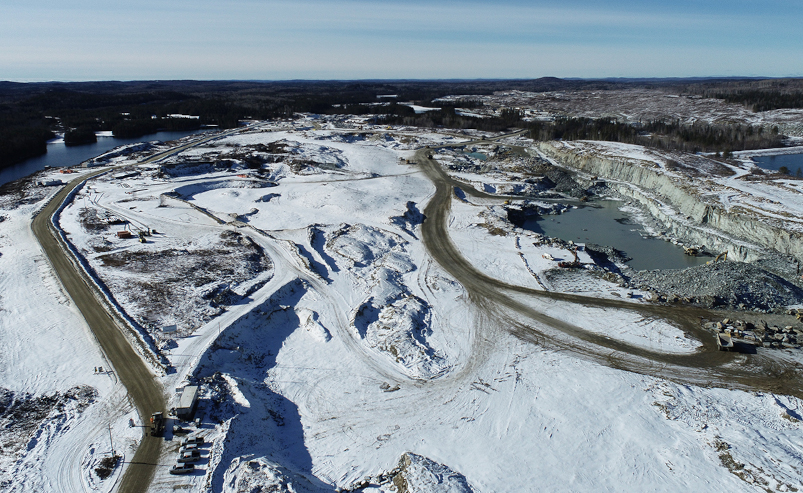Additive manufacturing: the creation of a three-dimensional model through a mold or, increasingly commonly, through 3D printing. It has seen its usefulness primarily in the creation of custom parts made of thermoplastics, but metals and metal alloys are also useful materials in the additive manufacturing toolbox. However, while additive manufacturing melts and solidifies metals like a traditional smelter might, the complexity of the processes being used, and the intricacies of the shapes being manufactured open plenty of room for potential errors.
Kicking off the 60th Annual Conference of Metallurgists, Virtual COM 2021, was a plenary discussion on this exact topic. Hosted by Stephen Corbin, Dalhousie University department of mechanical engineering professor and chair of the conference, the talk consisted of three experts in the field of additive manufacturing discussing the findings of their research into additive manufacturing technologies: University of Birmingham professor and casting expert John Campbell, McGill University associate professor Mathieu Brochu and National Research Council of Canada (NRC) principal research officer Priti Wanjara.
Starting his talk with a memorial to Xinjin Cao, his former student and co-chair of the previous four Advances in Materials Manufacturing Symposiums at previous COM events, Campbell presented some of Cao’s research, which in Campbell’s words, could have massive implications on the industry.
“My ex-student, Xinjin Cao, frankly was not your average student, and his work gave us a glimpse into the future. A future in which the whole of metallurgy is probably going to have to change to align itself with this new thinking,” he said.
Explained simply, when molten metal is deposited into a casting mold, it is typically poured from a height into the top of the mold. However, while this is the most commonly used technique, according to Campbell, this method introduces oxidisation into the metal, causing the molten metal to fold upon itself before solidifying, which creates double films built into the material which, in turn, leads to cracks and faults in the manufactured part.
“It’s the whole design of our foundries that are unfortunately seriously, seriously wrong, and we’re going to have to change them to get some quality into metals of all kinds,” Campbell said. “Because pouring actions like this occur in every process I go to around the world and see. They’re everywhere.”
Campbell instead recommends using a “contact pour” technique, in which the molten metal is poured through an air-sealed contact tube directly from the bucket to fill up the underside of the mold, preventing any air from making its way into the metal.
Related: Focusing on reducing greenhouse gas emissions should be a priority for mining companies of all shapes and sizes
Next up was Brochu, explaining his findings on laser powder bed fusion – a 3D printing technique where each layer of the object consists of metal powder melted with a laser – and how to reduce the variability of the finished product. According to Brochu, the variability intrinsic to each part of the technique – the powder, the operation, the interaction with the laser and process repeatability – needs to be considered.
“This process has a series of different inputs where variability can come.… All of this is going to result in a part that has a certain level of variability locally, and how are those local variations going to influence the overall part is a good question,” Brochu said.
Brochu gives the example of examining the fineness of the metal powder in comparison with the humidity of the region where the manufacturing is taking place. Increased amounts of fine particles in the powder will increase its overall moisture capture, which could hinder the spreading of uniform powder layers. So for regions where humidity is high, manufacturers should try and reduce the number of fine particles in their powder. This is one example, but there are many others factors to consider, and not all of them have answers yet.
“There are many things we need to consider if we want to do [additive manufacturing] right,” Brochu said. “What will be the recipe or protocol remains to be established.”
Lastly, Wanjara introduced her findings for the use of wire-fed electron-beam additive manufacturing in the aerospace field. Building planes is a costly endeavour, and the NRC decided to look into the use of additive manufacturing to create less expensive parts.
“In aerospace, a key motivator for processing additively versus [with] conventional technologies is lowering the high ‘buy-to-fly’ ratio through sustainable manufacturing of high-value materials,” Wanjara said. “It is well known that [initially fabricating the part to be close to the finished product can] improve the part manufacturing economics, and with additive processing there is also the benefit of reduced lead time for manufacturing or repair, lowering non-recoverable costs such as tooling and recoverable costs such as material wastes and the ability to break large supply-chain monopolies for large forged and cast parts.”
Wire-fed electron beam technology uses a wire feedstock and an electron-beam gun inside a vacuum to fabricate parts, modify and repair existing parts or modify surfaces for erosion and corrosion protection. A feasibility study was undertaken to see if the technology could produce a forged patch for a fan blade, which would typically take many months to repair. Through significant testing, the NRC found that the process produced a suitable part.
“On the basis of the metallurgical quality, low residual stresses and distortion as well as the superior mechanical properties under tensile and fatigue loading, electron-beam additive manufacturing was demonstrated to be well suited for bot manufacturing and repair, especially for titanium alloys that are reactive and experience high sensitivity to environmental contamination and embrittlement.”
Virtual COM 2021 is entirely digital and is taking place from Aug. 17 to 19.



